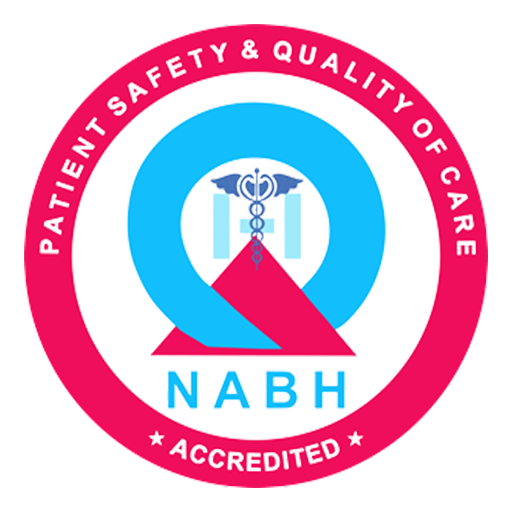Piles and fissures are two common medical conditions that affect the rectal area. While they may share some similar symptoms, it is important to understand the key differences between the two. In this blog post, we will explore the characteristics, causes, symptoms, and treatment options for piles and fissures in piles hospital in kota
Piles:
Piles, also known as hemorrhoids, are swollen blood vessels located in the rectal area. They can be internal, occurring inside the rectum, or external, developing around the anus. Piles are typically caused by increased pressure on the veins in the rectal region. Factors contributing to this increased pressure include chronic constipation, straining during bowel movements, pregnancy, obesity, and a sedentary lifestyle get relief with piles specialist doctor in kota
Symptoms of piles may include:
- Pain, itching, or irritation in the anal region.
- Presence of blood during bowel movements.
- Swelling or lumps around the anus.
- Discomfort or a feeling of fullness in the rectal area.
Treatment for piles in Best piles doctor in kota may involve lifestyle modifications such as incorporating a fiber-rich diet, drinking plenty of fluids, regular exercise, and maintaining good hygiene. Over-the-counter creams, ointments, and suppositories may provide temporary relief. In severe cases, medical procedures such as rubber band ligation, sclerotherapy, or surgery may be required.
Fissures:
An anal fissure is a small tear or crack in the lining of the anal canal. Fissures are often caused by trauma during the passage of hard or large stools. They can also be associated with conditions like chronic constipation, diarrhea, inflammatory bowel disease, or childbirth get best result with best fissure hospital in kota
Symptoms of fissures may include:
- Pain during or after bowel movements.
- Bright red blood on the stool or toilet paper.
- Itching, burning, or throbbing around the anus.
- A visible crack or tear in the skin near the anal opening.
Treatment for fissures generally involves conservative measures to promote healing. These include increasing dietary fiber, drinking plenty of fluids, using stool softeners, and practicing good anal hygiene in fissure hospital in kota. Topical medications containing anesthetics or nitroglycerin may help relax the anal muscles and reduce pain. In chronic or severe cases, surgical intervention may be necessary.
While both piles and fissures can cause discomfort and pain in the rectal area, they are distinct medical conditions with different causes and treatment approaches. Piles involve swollen blood vessels, while fissures refer to small tears in the anal lining. Understanding the differences between these two conditions can help individuals seek appropriate medical advice and adopt the most suitable treatment options. If you experience persistent symptoms or are unsure about your condition, it is always advisable to consult a healthcare professional for accurate diagnosis and guidance.





